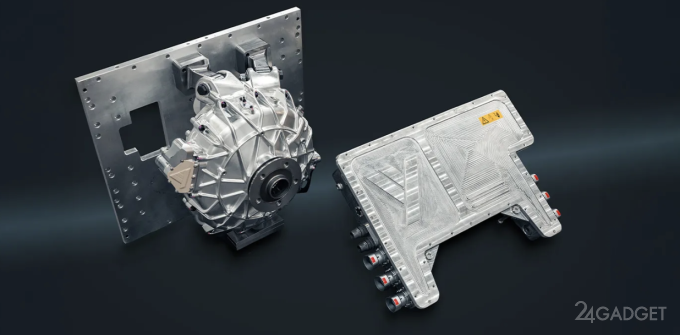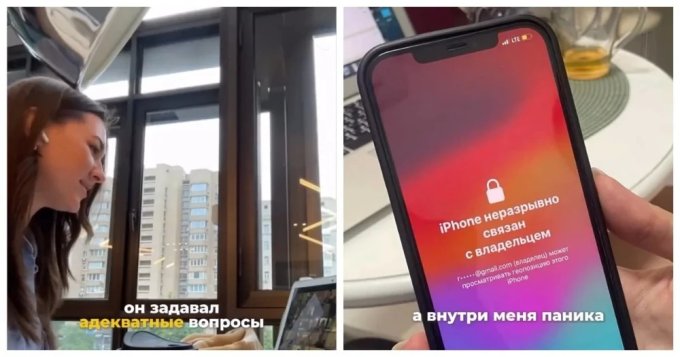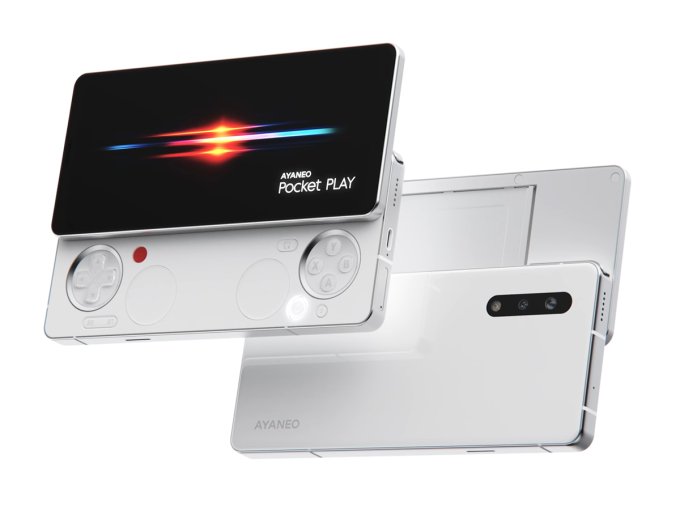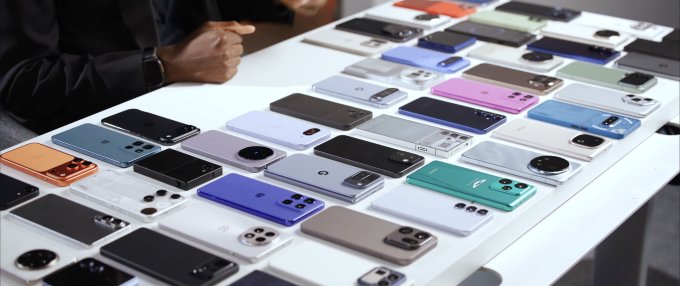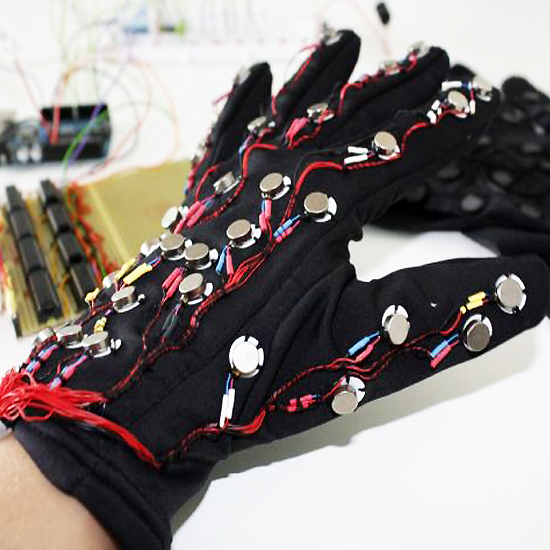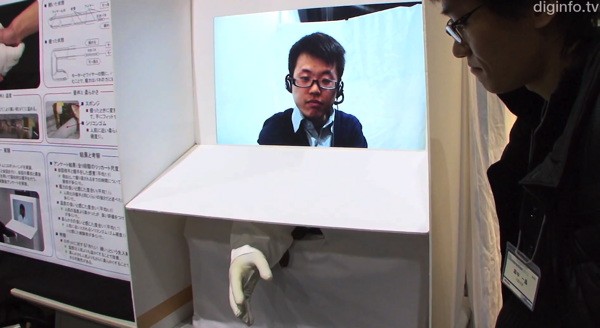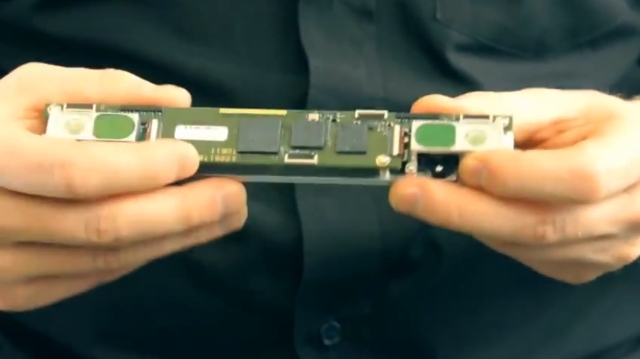Tactile glove lets hearing and vision impaired send text messages (video)
For those of us with the ability to see and hear without difficulty, the Lorm hand-touch alphabet may be an unfamiliar method of communication. But for many, it is essential. Now, thanks to a new device, Lorm users will be able to communicate via text messages.
Developed by the Berlin-based Design Research Lab, the Mobile Lorm Glove allows the wearer to send and receive text messages via tactile feedback. The glove uses textile pressure sensors located at various points on the palm of the glove that correspond to the Lorm alphabet to construct words and sentences. In addition to letting the hearing and vision impaired communicate more freely via mobile text messages and email, the developers also claim the device will make reading e-books easier.
